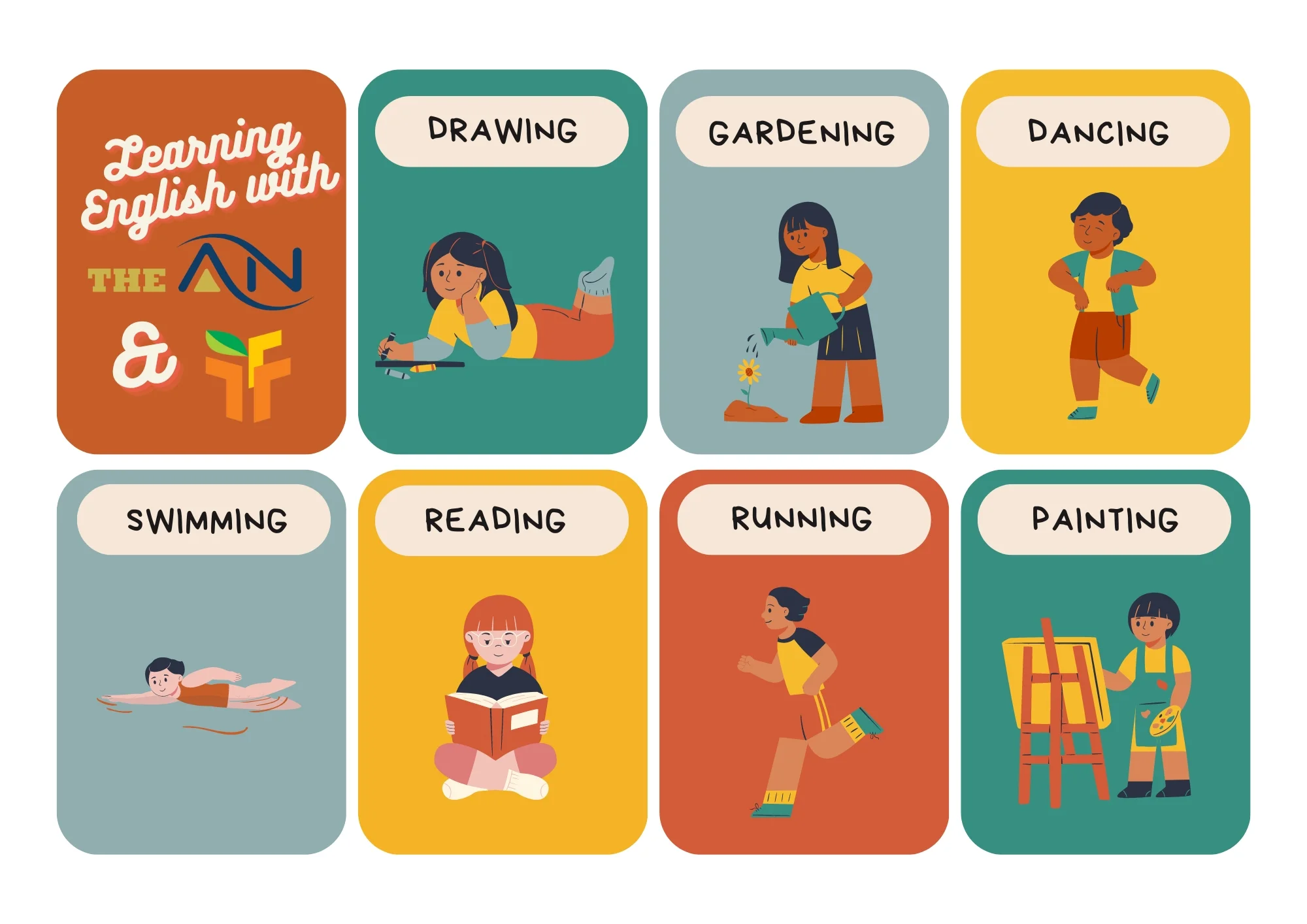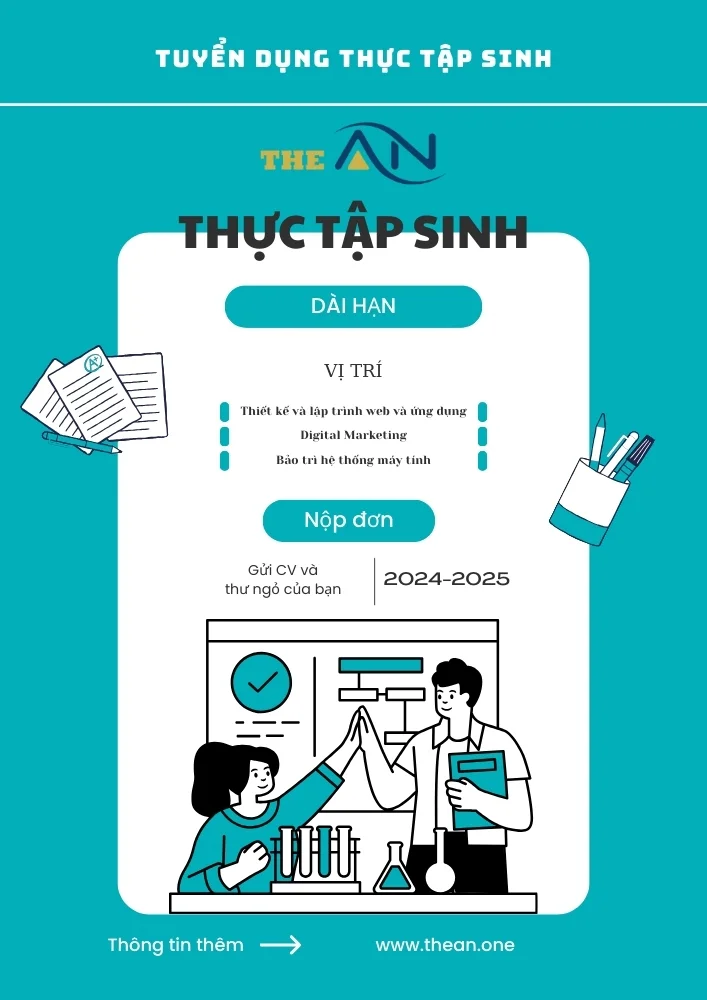Relative Pronouns – Definition, Uses and Examples

A Relative Pronoun is a type of pronoun that introduces a subordinate clause and relates it to the main clause. A clause beginning with a relative pronoun is poised to answer questions such as Which one? How many? or What kind? Who, whom, what, which, etc. In this article, we will explore the concept of relative pronouns, their usage, and the significance of the relative pronoun.
What is a Relative Pronoun?
A relative pronoun is a type of pronoun that is refer to nouns. The relative pronoun connects a relative or independent clause to an independent clause. A relative pronoun is also known as an adjective clause because it gives us more idea and information about the subject (which is a noun or pronoun) of the independent clause it relates to. It works as an adjective. By using relative pronouns, we can make complex sentences.
Definition of Relative Pronoun
The word used to introduce a relative clause is called Relative Pronoun. The pronouns such as ‘who’, ‘whom’, ‘that‘, and ‘which’ are the relative pronouns that introduce a relative clause in a sentence. Relative pronouns can be used to join two different sentences. A Relative pronoun is a word that connects a dependent (or relative) clause and an independent clause.
Examples of Relative Pronouns
There are a few relative pronouns. Examples of the relative pronoun are who, whom, that, which, etc. There are some other relative pronouns available which are known as compound relative pronouns. These pronouns are – who, whom, which, etc. We give some examples of relative pronouns in sentences.
Who:
- The woman who is standing over there is my sister.
- He is the teacher who inspired me to pursue a career in science.
Whom:
- The student to whom the scholarship was awarded is very talented.
- The doctor whom I consulted was very knowledgeable.
Whose:
- The house whose roof was damaged is undergoing repairs.
- The company, whose products are highly sought after, experienced record sales.
Which:
- The book which is on the table is a bestseller.
- The laptop, which I bought last week, stopped working suddenly.
That:
- The car that I bought last month is very reliable.
- The movie that we watched last night was captivating.
List of Relative Pronouns
These relative pronouns are used to introduce subordinate clauses and provide additional information about a noun or a pronoun in the main clause. They play a crucial role to create meaningful sentences by connecting ideas and adding descriptive details. A few relative pronouns are available. We provide a list of the relative pronoun which is given below.
| Who | Whom |
| That | Which |
| Whoever | Whomever |
| Whichever | Whatever |
How and When to Use Relative Pronouns?
Relative pronouns are mostly used at the beginning of a dependent or adjective clause.
1. Use of Who
‘Who’ is a relative pronoun. It is used to refer to a person. We use ‘who’ if the pronoun is the verb’s subject in a sentence. It is used as the subject of a verb.
Nominative ⇐ who ⇒ verb
Examples
- I know the man who did this.
- I am looking for someone who can do this.
2. Use of Whom
‘Whom’ is used to refer to a person. It is used as the object of a verb.
Objective ⇐ whom ⇒subject
Example: He is the man whom, they say, the police arrested.
3. Use of That
It is used for people, animals, or things. We use “that” as a pronoun in preference to pronouns “who” and “which” in the following cases
- We use “that” with superlative adjectives.
Example: Rini is the most annoying girl that I have ever met. - We use the pronoun “that” with words like any, only, the same, none, same, all, the little, the few, something, everything, anything, nothing, etc.
Example: This is the same shirt that I want. - We use “that” as a pronoun in interrogative sentences starting with the wh- question word.
Example: What is it that makes you so sad? - When we use a person and an animal in the same sentence, we use “that” as a common pronoun.
Example: Reena and her dog that had trespassed on our lawn were turned out.
4. Use of Which
“Which” is used to refer to non-living things and animals.
Examples:
- The dog which they recently adopted is a Dalmatian.
- This is the dress which I bought yesterday.
5. Use of Whoever
It is used to refer to a person (anybody). It is used as a subject pronoun just like I, he, she, they, and who. It refers to a subject in a sentence.
Example: A gift will be given to whoever solves this problem.
6. Use of Whomever
It is used as an emphatic pronoun. It functions like the pronouns him, her, and them. It is not used as an interrogative pronoun.
Example: I will appoint whomever you suggest.
7. Use of Whichever
We can use ‘whichever’ to refer to animals or non-living things.
Example: You can buy anything you want.
Conclusion
Relative Clauses enable the speaker to be more specific and add additional information about the reference. We use language to express our thoughts, plans, and our ideas which, most of the time are not simple. A relative pronoun hence refers to nouns mentioned previously, whether they are people, places, things, or animals. Practice the questions below to gain more knowledge.
Relative Pronouns – Practice Questions
Fill in the blanks with appropriate relative pronouns ( that, who, which, whom, whoever, whichever, whatever)
- You should follow the same rule _________ they do.
- All the dresses ________ you bought are not so good.
- The man _________ you know is not coming here.
- They gave me a pen _________ I like very much.
- Man is the only animal _________ can cry.
- The teacher ________ met them and teaches them English.
- He does not know anything ___________ we know.
- He will meet _________ you suggest.
- This gift will be given to ____________ does this job.
1. That - 2. That - 3. Whom - 4. Which - 5. That - 6. Who - 7. That - 8. Whomever - 9. Whoever
FAQs on Relative Pronouns
A relative pronoun connects a relative or dependent clause to an independent clause. A relative pronoun is also known as an adjective clause because it gives us more idea and information about the subject (which is a noun or pronoun) of the independent clause it relates to. It works as an adjective. By using relative pronouns, we can make complex sentences.
- ‘Who’ is used as a subject pronoun and ‘whom’ is used as an object pronoun.
- Try this method of substituting ‘whom’ with him, her, or them and ‘who’ with he, she, or they.
- Nominative ⇐ who ⇒ verb
- Objective ⇐ whom ⇒subject
- I know the man who did this.
- I am looking for someone who can do this.
- He is the man whom, they say, the police arrested.
Examples
These are the few relative pronouns – who, whom, that, which, whoever, whichever, whomever etc. The uses of these pronouns are described below.
Use of Who
- ‘Who‘ is a relative pronoun. It is used to refer to a person. We use ‘who’ if the pronoun is the verb’s subject in a sentence. It is used as the subject of a verb.
- Nominative ⇐ who ⇒ verb
Use of Whom
- ‘Whom‘ is used to refer to a person. It is used as the object of a verb.
- Objective ⇐ whom ⇒ subject
Use of That
- It is used for people, animals or things. We use “that” as a pronoun in preference to pronouns “who” and “which” in the following cases-
- We use “that” with superlative adjectives.
Use of Which
- “Which” is used to refer to non-living things and animals.
Use of Whoever
- It is used to refer to a person (anybody). It is used as a subject pronoun just like I, he, she, they, and who. It refers to a subject in a sentence.
Use of Whomever
- It is used as an emphatic pronoun. It functions like the pronouns him, her, and them. It is not used as an interrogative pronoun.
Use of Whichever
- We can use ‘whichever’ to refer to animals or non-living things.
A noun mentioned previously, whether they are people, places, things, or animals is known as Relative Pronouns. Relative pronouns can be used to join two different sentences. A relative pronoun is a word that connects a dependent (or relative) clause and an independent clause. A clause beginning with a relative pronoun is poised to answer questions such as Which one? How many? or What kind? Who, whom, what, which, etc.
Quý anh/chị đang tìm kiếm một doanh nghiệp uy tín cung cấp dịch vụ Công Nghệ Thông Tin như Thiết kế và lập trình website, Digital Marketing, hoặc dịch vụ Bảo trì và chăm sóc hệ thống máy tính, ...? Đừng ngần ngại hãy liên hệ với The ÂN qua số điện thoại (+84).326.418.478 để được tư vấn cụ thể, hoặc liên hệ qua mẫu tin.
Các thông tin nổi bật khác:









